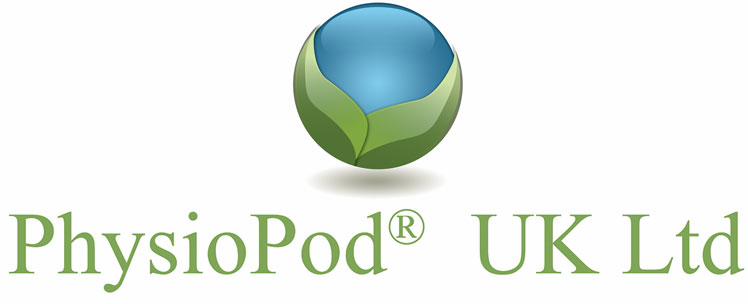Breast Cancer Related Lymphoedema (BCRL) Effectively Self-Managed With DEEP OSCILLATION®
Read on LinkedIn Pulse 4th April 2018

"I developed secondary Lymphoedema in my left arm in 2014 following Stage 3 Breast Cancer treatment. I managed it well with MLD massage and a compression sleeve.
Unfortunately, in 2015 I suffered two episodes of severe cellulitis followed by acute bursitis of the left arm, which resulted in:
- Increase in arm oedema
- Severe discomfort of arm
- Restricted mobility of arm
Lynora Kennedy my MLD Therapist successfully used Deep Oscillation therapy on my arm. She informed me of the personal unit I could purchase which was portable and easy to use. I am so pleased that I bought it, as it has been so beneficial to me in the following ways:
- Reduction in Lymphoedema
- No discomfort in arm
- Full use of arm
- Skin soft and supple
I use it daily at home and away!! It’s an essential in my holiday “itinerary” I strongly recommend the DEEP OSCILLATION® for breast cancer related lymphoedema and Julie is always so helpful anytime I contact her."
May Thomson

The unit pictured above is used both in clinic and by those living with Lymphoedema. Units are available as the DEEP OSCILLATION® Personal Sports or the DEEP OSCILLATION® Personal Aesthetics. Therapy is delivered as a massage through vinyl gloves from Practitioner/supportive other to Patient or via applicators that enable self management. As well as a list of sports/occupational conditions are/or aesthetics conditions, it is also supplied with an additional bespoke therapy card for Lymphoedema (where applicable). This is programmed in unison with the clinic/patient following a successful treatment outcome by a Practitioner/Hospital listed on the PhysioPod Therapist Map.
Read other Testimonials of where DEEP OSCILLATION is utilised by Practitioners and those with Lymphoedema. Click here to read FAQ and click here to learn more about the science behind this unique, patented, non-invasive, electrostatic and electromechanical therapy which permeates an 8cm tissue depth without applying pressure (Solangel, 2010).

